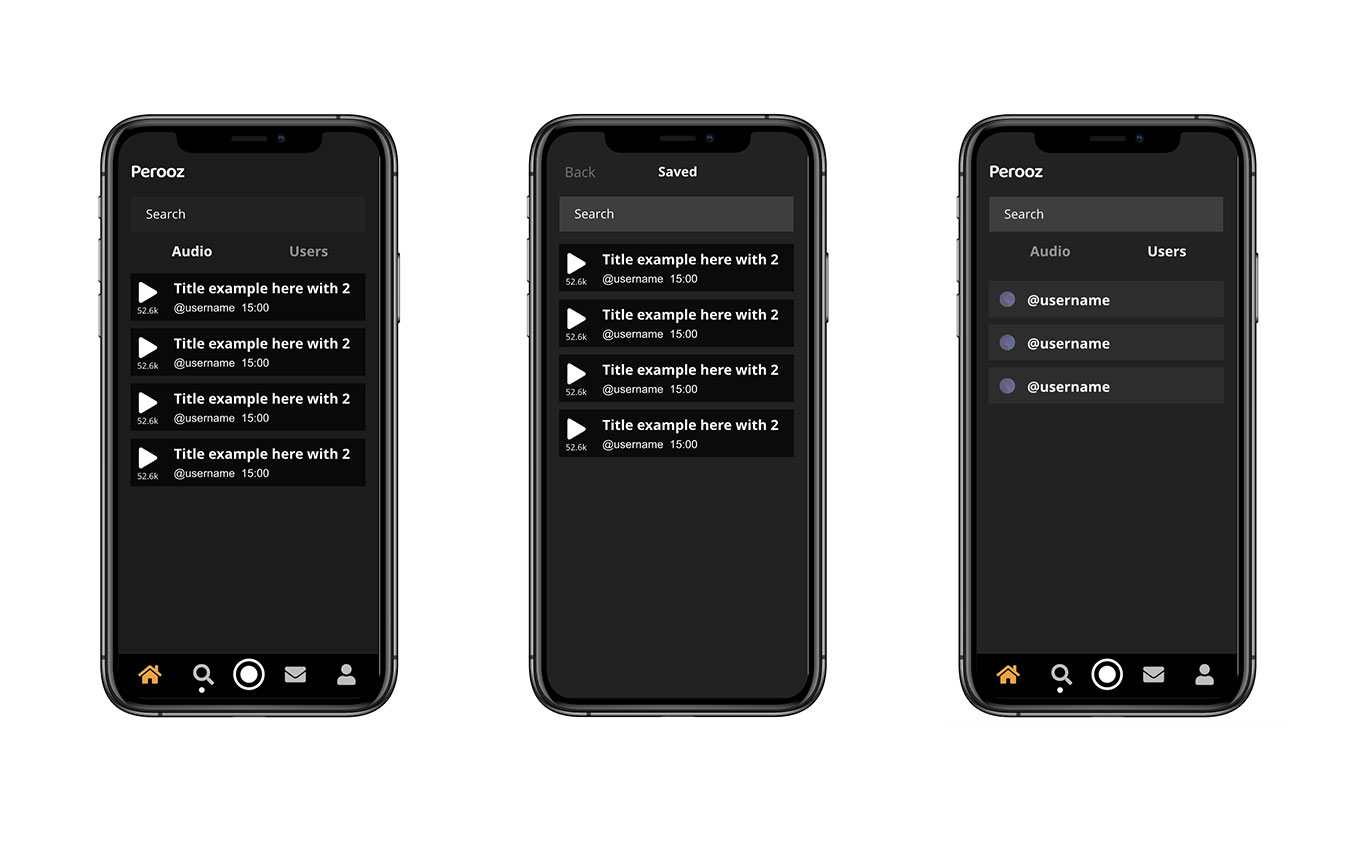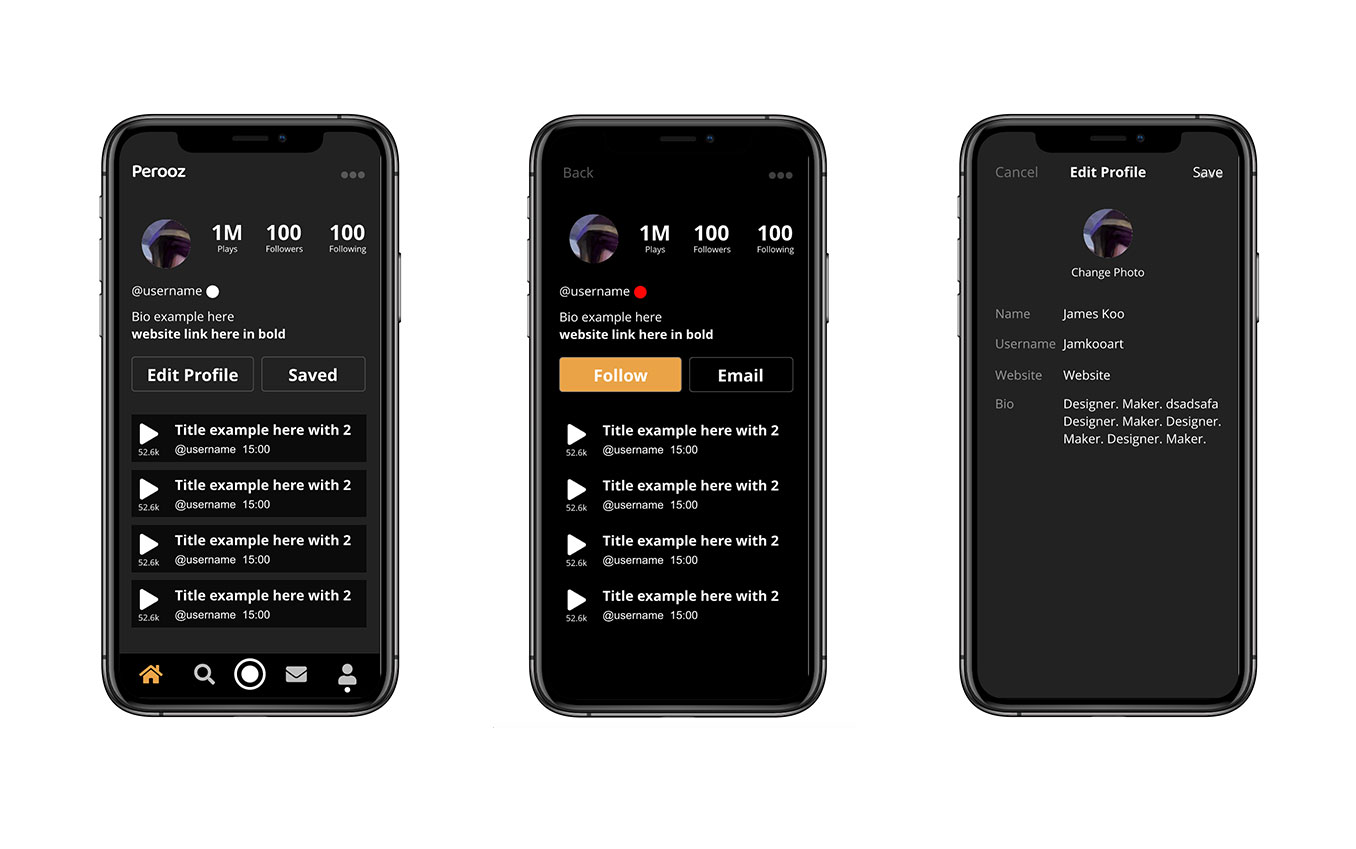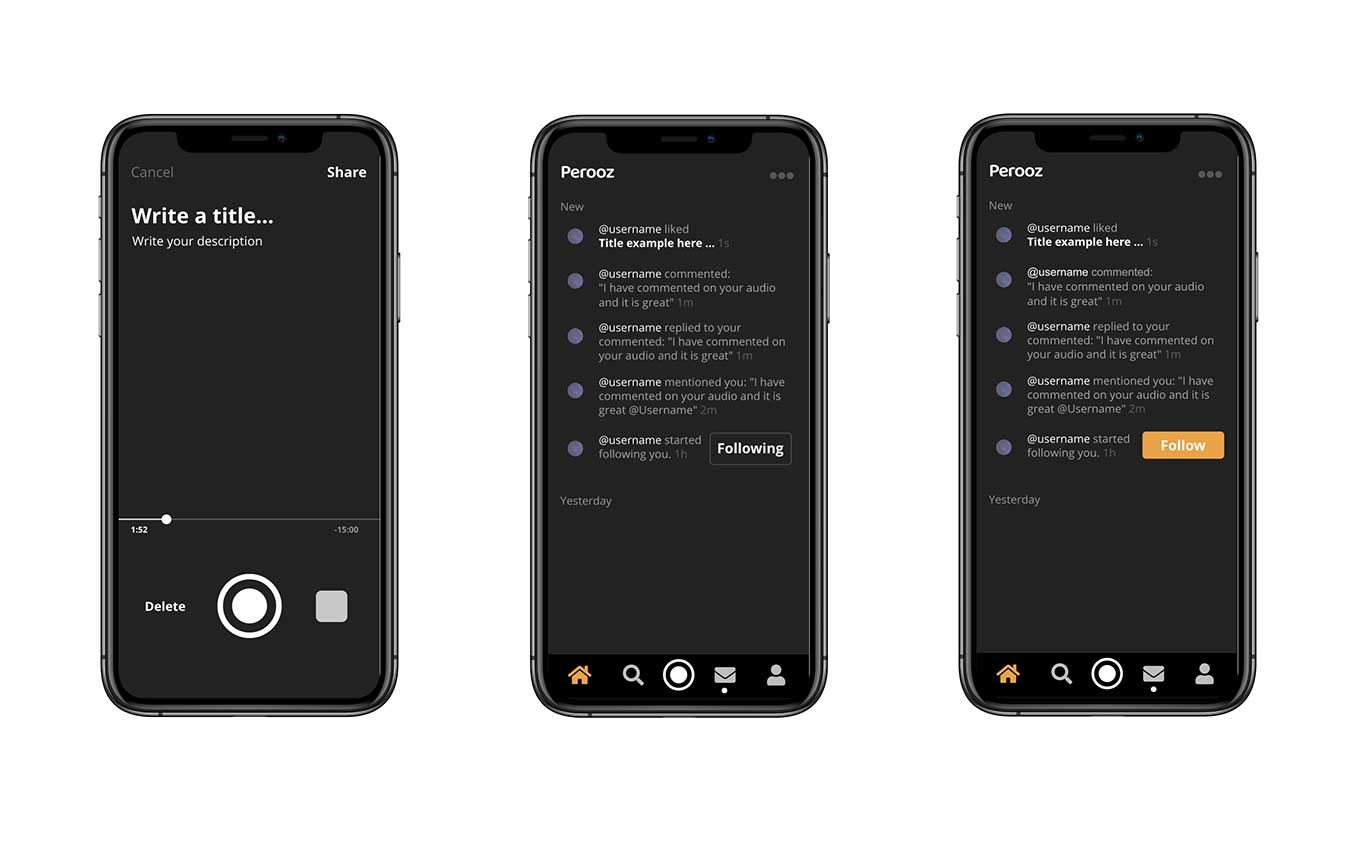role
CMO
Visual Designer
Product Designer
Methods
Competitive Analysis
User Research
UX & UI Design
Wireframing
Prototyping
CSS
Tools
InVision App
Adobe Illustrator
Adobe Creative Suite
TIME
3 Months
Context
As the popularity of short-form video content surged with platforms like TikTok, users began experiencing content fatigue. Recognizing the inherent benefits of short-form media, we envisioned a solution tailored for audio content, providing a refreshing and engaging alternative.

Process
Discover, Define, Design, and Deliver
Our journey began with comprehensive user research, engaging with a diverse range of users and aggregating insights from online communities. We meticulously defined the problem space and embarked on a creative exploration of potential solutions. Through collaborative jam sessions, iterative sketches, and the development of high-fidelity prototypes, we meticulously crafted the MVP of our app.
Research
The rise of short-form video was reshaping content consumption trends, with platforms like TikTok setting unprecedented records for user engagement. Concurrently, the surge in smartphone usage led to a noticeable increase in screen fatigue among users. Recognizing the growing demand for educational content, social media platforms began emphasizing informative materials.
However, these platforms predominantly favored visually captivating video content, leaving little room for audio-based contributions. Through in-depth analysis of top social media platforms, we discovered a stark preference for visually appealing content within algorithmic recommendations, marginalizing audio-based creators. This realization underscored the need for audio content creators to supplement their work with additional visuals, leading to increased friction and diminished enthusiasm in content creation.
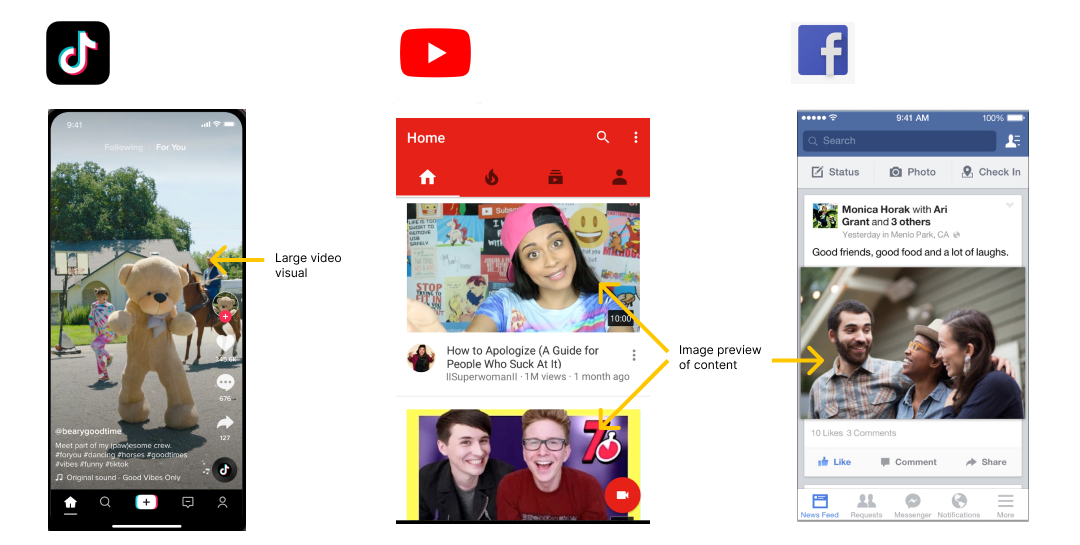
Our competitive analysis of mobile apps catering to audio content revealed a prevalent focus on facilitating long-form content, primarily targeting podcasters and listeners seeking extended discussions. Surprisingly, we found a distinct absence of platforms dedicated to short-form audio experiences.
Our interviews with podcasters shed light on their challenges in effectively marketing their content. Despite dedicating significant time to content preparation and recording, many struggle to identify optimal channels for reaching new listeners. Consequently, they often resort to uploading their long-form content on mainstream social media platforms, hoping to garner traction.
Design Goals
How might we empower audio content creators to effectively share their content and attract a larger audience?
Our research led us to the conclusion that existing platforms do not provide sufficient opportunities for audio creators to stand out and attract attention solely based on their content. Presently, creators resort to sharing their audio content alongside other formats such as videos and images, which are more favorably received on these platforms.
Design Problems
Experience the audio
When you spend a lot of time and money creating high-quality content and no one discovers it, it is demotivating.
Remove the barriers
Video creation requires multiple skills, expensive equipment, and a lot of effort.
Start Designing
We initiated the design process with paper wireframes, strategically outlining the key screens to seamlessly guide users through their journey. Our primary emphasis was on enhancing the experiences of both listeners and content creators to facilitate smooth onboarding to the app. Centered around short-form audio, our app enables listeners to effortlessly stream through bite-sized content, fostering exploration across diverse topics within a condensed timeframe.

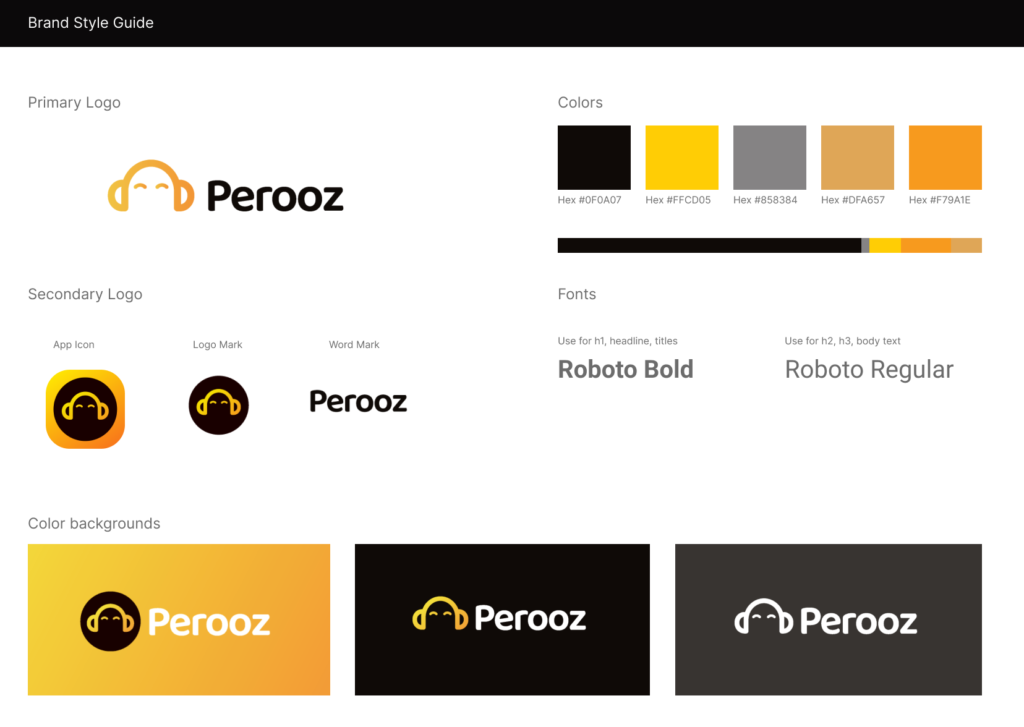
Delivered
Multiple iterations were crucial to resolving bugs and improving user experience after the development of our MVP. Remarkably, within a month, we launched our minimal viable product on the Apple App Store. Throughout this critical phase, I played a pivotal role in devising strategic marketing initiatives aimed at attracting our initial pool of testers
Usability Study: Findings
What is this app?
Many creators were reluctant to onboard a new app, not knowing whether their time would be spent well. We had to demonstrate to users that people will listen to them.
Not enough content
Onboarding listeners and creators at the same time was difficult. As a result, we didn’t have enough content to offer listeners a variety of audio experiences.
Teaching creators
Creators of audio content weren’t aware of how to present their content on our platform in a way that would grab listeners’ attention.
Refining the Design
#1 To incentivize users, I developed a series of notifications triggered during content consumption. By fine-tuning the frequency, we ensured a gratifying experience without inundating users. Leveraging our app’s capacity to deploy these notifications with minimal user base, we promptly engaged users upon their initial interactions. As a result, a majority of content creators returned to contribute additional audio clips.
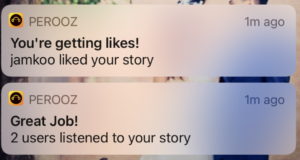
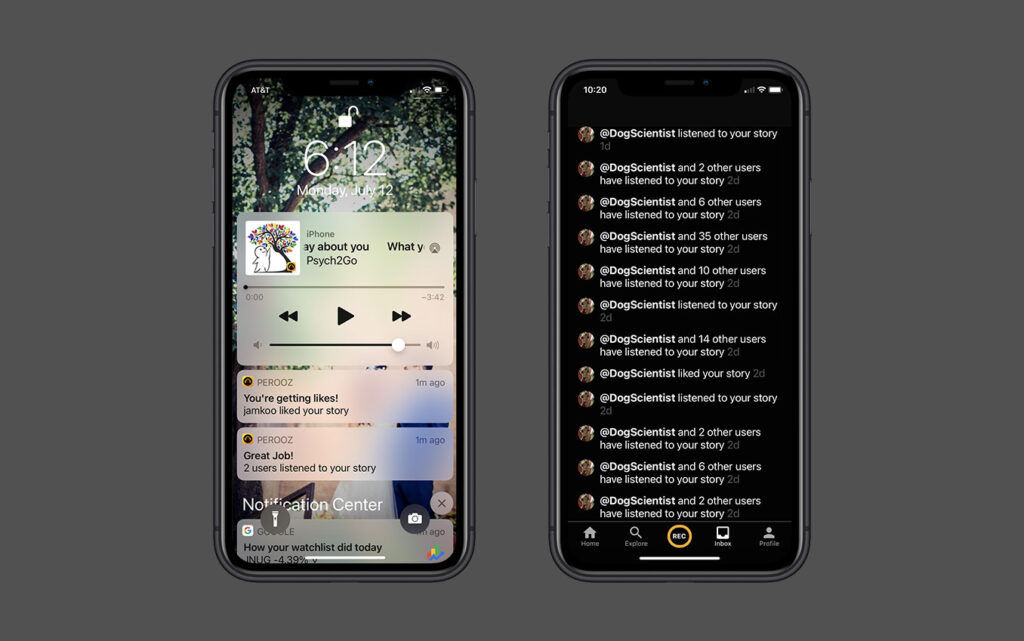
#2 At the outset, we curated a diverse selection of audio clips to provide early adopters with a glimpse into the Perooz experience. As our creator base expanded, our focus shifted to empowering them to generate more content on Perooz through two key strategies:
- We streamlined the size of audio clips, prompting creators to distill their content to its essence.
- Introducing a novel feature named Story Rooms, we offered users a fresh avenue for content creation, fostering innovation and engagement.”
Going forward
This project proved invaluable to me, providing a deeper insight into the intricacies of the audio landscape and the evolving requirements of content creators. Looking ahead, I aspire to allocate more time to researching and addressing the specific pain points of content creators. I firmly believe that by addressing these challenges more comprehensively, we could have potentially accelerated our early success.”



